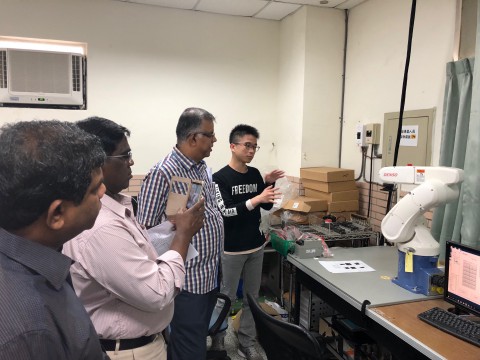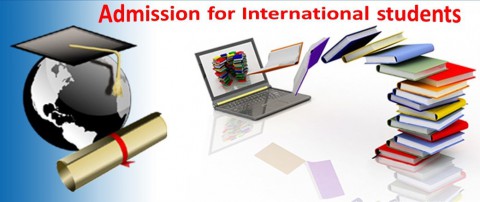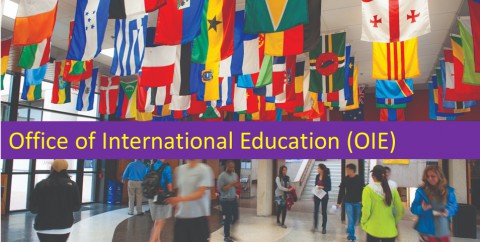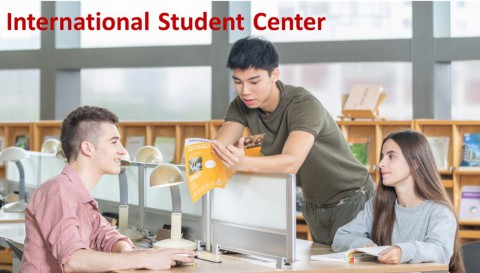The department provides a complete and sufficient teaching, research and experimental space. The teaching space for general courses includes two lecture rooms on the first and second floors of the Scripture Building, which can accommodate 112 people, and the seventh floor of Scripture Building. There are 2 ordinary rooms on the second floor of the Cardinal Shan Building, which can accommodate 70 people and 150 people. In addition to the Scripture Building, the department has several teaching classrooms and offices in other buildings, including 2 teaching classrooms (MD202 and MD203) in the Cardinal Shan Building (Medical School Building).
For research and experimental space, the laboratory is divided into two categories, one is the basic teaching laboratory, and the other is the professional research laboratory. The basic teaching laboratory mainly supports basic experimental courses such as circuit electronics, computer programs, microcomputers and digital logic design experiments. The professional research laboratory mainly supports experimental courses in communication, control, green energy, VLSI and biomedical fields. Relevant research laboratories can also be used to support general courses. Besides, there are several research room mainly providing research and implementation of computer simulation space for graduate students in various fields. Each year, sufficient funds of at least 3 million NT dollars are provided for the maintenance and procurement of teaching and research equipment. Effective management is provided to enable the equipment to maintain a good operational condition.
All classrooms and teaching labs are electronic classrooms with computers (including one computer for teachers, single-gun projectors, electronic whiteboards, and other audio-visual media devices) and wireless internet access devices, allowing teachers and students to search for online information and learning Resources.
In addition, we established an Innovation and Self-Creation Development Maker Center together with the College of Science and Engineering to cultivate students' innovative and self-created spirit, establish and develop creative products together with the industry, and integrate research and teaching resources related to innovation and development inside and outside the school. Furthermore, community creative teaching services are provided.





























